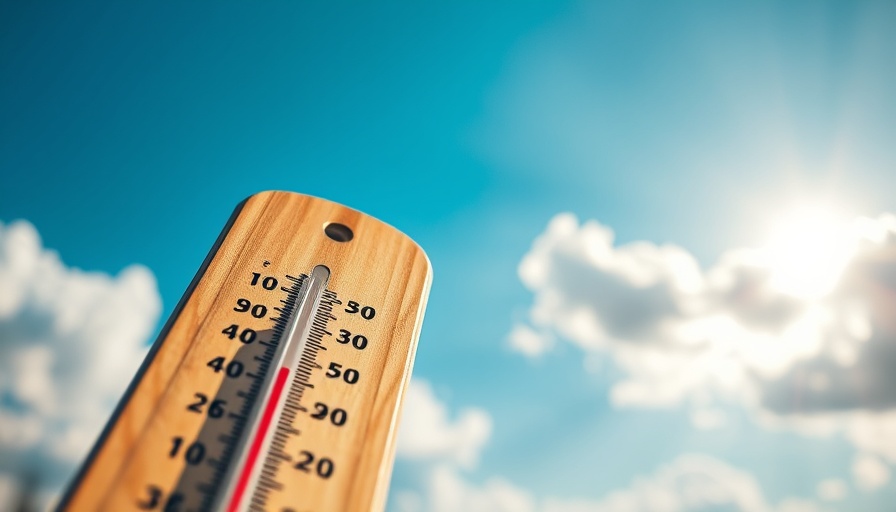
Essential Back-to-School Health Tips for Parents
As summer fades and the school year kicks off, it's essential for parents to prioritize their children's health in preparation for academic success. Healthy habits developed early on contribute greatly to a productive year. Here’s a comprehensive guide to help you ensure your kids are healthy, happy, and ready to excel!
Why Vaccination is Crucial for Your Child
Vaccines are one of the most critical steps a parent can take to protect their child against serious, preventable diseases. With recent spikes in measles cases across the United States, the necessity for up-to-date immunizations cannot be overstated. Diseases that were once considered under control are making a comeback, largely fueled by communities with low vaccination rates. To safeguard your children, ensure they receive the MMR (measles, mumps, and rubella) vaccine:
- First dose at 12–15 months
- Second dose at 4–6 years (mandatory for Kindergarten enrollment)
If you’re uncertain about your child’s vaccination status, consulting with your healthcare provider or public health department is recommended. Programs like Arizona's Vaccines for Children (VFC) provide vaccines at no cost, ensuring that no child is left unprotected.
Establishing Healthy Routines for Academic Success
Creating a structured daily routine can help ease your child’s transition back to school. Here are some strategies:
- Sleep Adjustment: Gradually shift bedtimes to align with school hours. A well-rested child is more attentive and ready to learn.
- Nutritional Choices: Prioritize balanced meals. Start the day with a nutritious breakfast and ensure healthy snacks, which are vital for maintaining energy levels throughout the school day.
- Physical Activity: Encourage outdoor play and after-school sports to help alleviate stress and improve focus.
- Mental Health Matters: Openly discuss feelings with your child. New routines and social dynamics can provoke anxiety, and having a supportive ear can make all the difference.
Understanding Common Illnesses and the Importance of Health Monitoring
With kids interacting in close quarters, the risk of spreading illnesses increases. If your child exhibits symptoms such as fever or fatigue, it is important to keep them home from school and consult a healthcare provider. This practice not only protects your child but also safeguards classmates, contributing to a healthier school community.
Leveraging Vaccination Resources in Arizona
Arizona stands out in its commitment to preventative care through accessible vaccination services. Parents are encouraged to utilize available resources:
- Community Vaccination Events: Local health departments frequently host events tailored for back-to-school immunizations. Be proactive in checking with your school district for upcoming events.
- School Clinics: Certain schools offer on-site immunizations, making it easier for parents to ensure their children receive necessary shots without additional travel.
Focusing on your child’s health promotes academic achievement and leads to a more fulfilling school year overall. Explore the Arizona Immunization Program webpage or consult with your child's school nurse for further resources and information.
Moving Forward: The Role of Parents in Health Vigilance
Ultimately, creating a safe and healthy environment begins at home. By engaging in open conversations about health, establishing consistent routines, and keeping up with vaccinations, you are setting your child on a path toward success in school and beyond. It’s not just about academics; it’s about nurturing a well-rounded, resilient individual ready to face life’s challenges.
 Add Row
Add Row  Add
Add 




Write A Comment